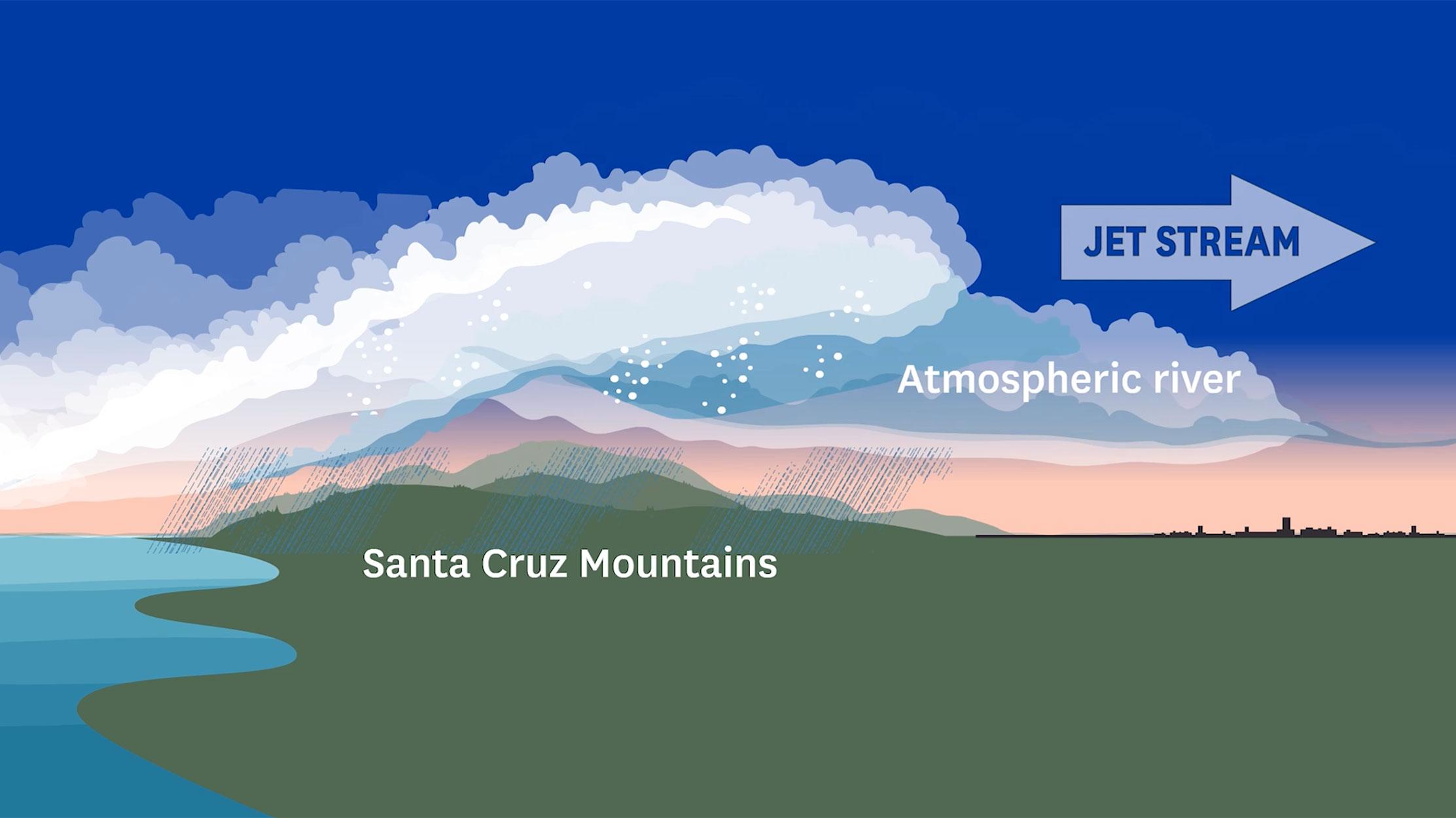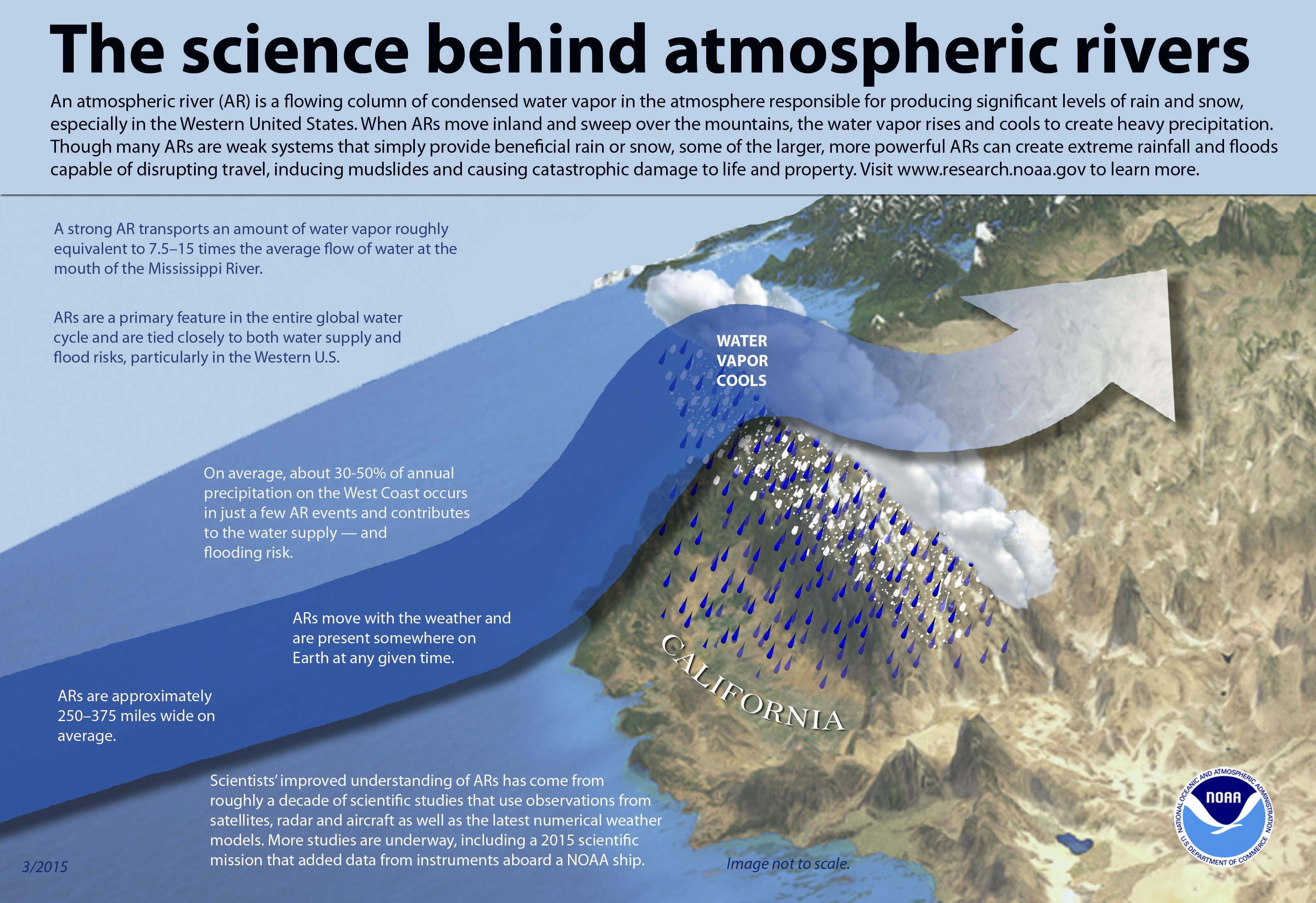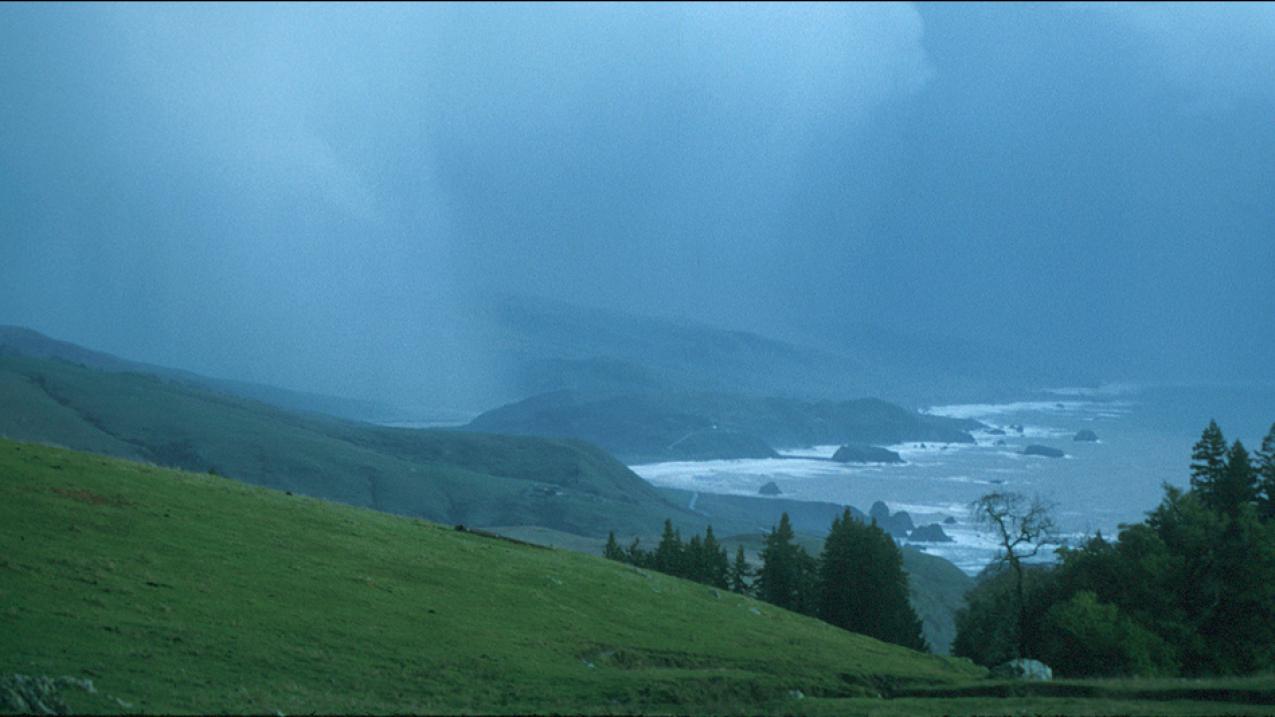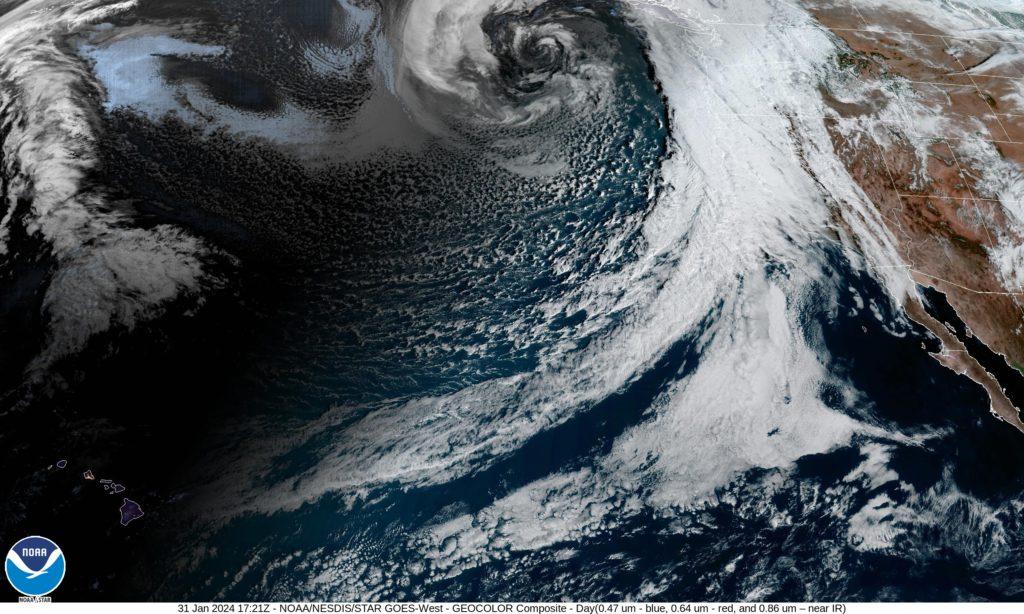Impact of Atmospheric River Events on Californias Weather Patterns
In recent weeks, California has experienced a series of atmospheric river events that have dramatically reshaped the state’s weather patterns. These intense moisture-laden systems have resulted in unprecedented rainfall and substantial snowfall in mountainous regions, leading to both beneficial effects and serious challenges for residents. The influx of warm, moist air has resulted in:
- Record-breaking precipitation: Many areas recorded their highest rainfall totals in decades, filling reservoirs and improving drought conditions dramatically.
- Heavy snow accumulation: The Sierra Nevada mountains have seen snowpacks increase significantly, providing vital water sources for the state as temperatures rise in spring and summer.
- Flood risks: The sheer volume of rain has raised concerns about flooding, with low-lying regions and riverbanks under siege from overflowing waters.
These weather events are not only reshaping the immediate climatic landscape but are also influencing long-term ecological systems and agricultural practices in California. The immediate effects of these storms highlight the necessity for adaptive management strategies, particularly in the agricultural sectors that rely heavily on predictable rainfall. Key impacts include:
- Soil erosion: Intense rainfall can wash away topsoil, threatening crops and natural habitats.
- Water quality issues: Runoff from heavy rain can lead to sediment and pollutant contamination in rivers and lakes.
- Shift in planting seasons: Farmers may have to adjust planting schedules or crop selections to adapt to changing moisture patterns, potentially affecting yields.

Emergency Preparedness Measures Amid Record Rainfall and Snowfall
As California grapples with the aftermath of unprecedented rainfall and snowfall from an intense atmospheric river, emergency preparedness is more crucial than ever. Residents are urged to stay vigilant and proactive in response to shifting weather conditions that pose significant risks. Essential measures include assessing potential flooding zones, ensuring property drainage systems are clear, and preparing emergency kits well-stocked with supplies, such as:
- Non-perishable food items
- Water and hydration packs
- First aid supplies
- Flashlights with extra batteries
- A battery-operated radio
- Medications and personal hygiene items
Throughout local communities, government agencies are mobilizing to provide resources and support for those in need. Emergency response teams suggest staying informed through official channels for updates on road conditions and evacuation orders. Residents should also consider developing a communication plan with family members to ensure everyone knows how to stay safe. Moreover, maintaining an emergency contact list that includes neighbors and nearby friends can enhance community resilience. By taking these proactive steps, Californians can better navigate the challenges posed by these extreme weather events.

Infrastructure Challenges and Solutions in Response to Extreme Weather
As California grapples with the fallout from record rainfall and snowfall, the state’s existing infrastructure has come under intense scrutiny. Much of the aging system—ranging from levees and drainage systems to roads and bridges—was not designed to withstand the extreme weather patterns that have become increasingly common in recent years. Flooding, landslides, and road washouts are just a few of the immediate impacts being reported across the region, jeopardizing both safety and mobility. In the face of such challenges, experts are calling for urgent investment in infrastructure resilience to combat the new normal of severe weather.
Potential solutions include:
- Upgrading Drainage Systems: Enhancing existing culverts and stormwater management systems to handle larger volumes of water.
- Implementing Green Infrastructure: Using permeable materials and natural landscaping to reduce runoff.
- Retrofitting Vulnerable Structures: Reinforcing roads, bridges, and levees to withstand extreme weather events.
- Investing in Early Warning Systems: Deploying advanced meteorological technology for real-time updates on weather patterns.
Moreover, state and local governments are exploring new policies and collaborations aimed at developing adaptive strategies. By shifting towards a holistic approach that combines engineering, environmental science, and community planning, California can not only recover from its current predicament but also fortify itself against future atmospheric phenomena.

Long-term Climate Implications for Californias Water Resources and Ecosystems
The recent atmospheric river event in California, marked by unprecedented snowfall and record rainfall, underscores the urgent reality of changing climate patterns that will have long-lasting impacts on the region’s water resources and ecosystems. As these intense weather systems become more frequent, the challenge for California will be twofold: managing the immediate benefits of this influx of water while mitigating the risks of extreme weather events. The heavy precipitation, although welcome in the short term for drought relief, raises concerns about soil erosion, flooding, and the potential for water quality degradation due to runoff that carries pollutants into local waterways.
Furthermore, the rapid oscillation between wet and dry periods can severely disrupt local ecosystems, particularly in areas dependent on stable hydrological cycles. Key implications include:
- Shifts in Wildlife Habitats: Altered water levels and availability can drive species to migrate or adapt, impacting biodiversity.
- Reduced Groundwater Recharge: Excessive surface runoff can limit the natural replenishment of aquifers, challenging long-term water supply efforts.
- Increased Invasive Species: Fluctuating water conditions can create opportunities for non-native species to flourish, threatening native plants and animals.
Addressing these challenges will require innovative water management strategies and robust conservation efforts to ensure that California’s ecosystems remain resilient amidst the pressures of climate change.
